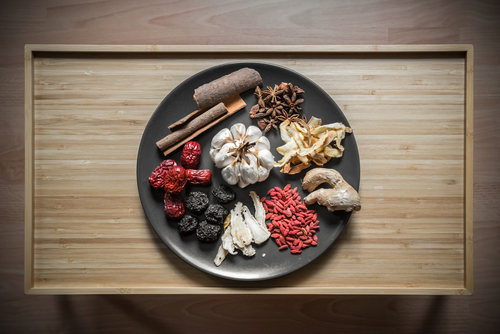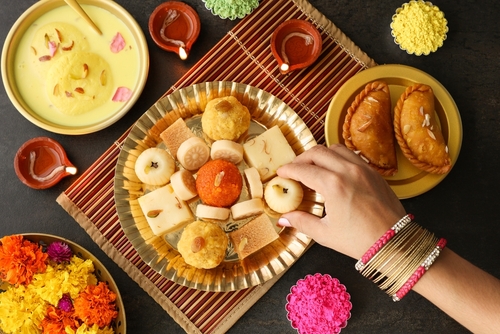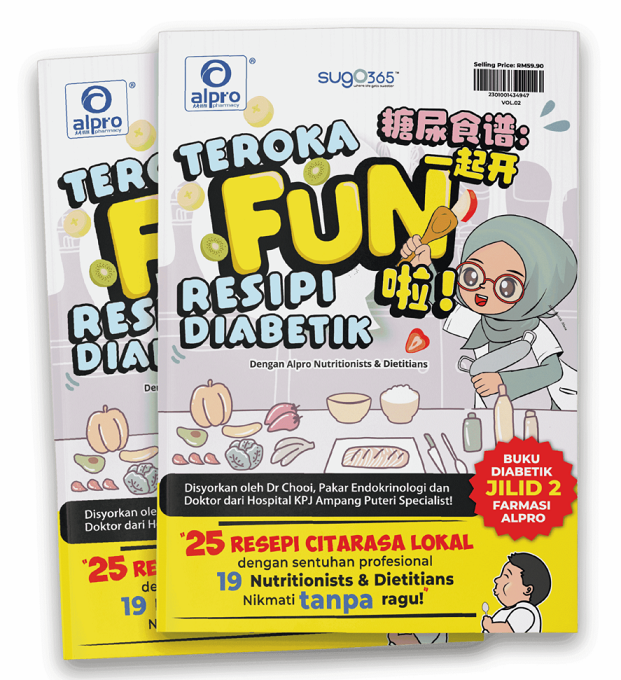The Cheat Sheet for Post-Raya Damage Control
May 8, 2022 Return

WORDS JORDAN LAI
To all my Muslim friends, I know the last month has been a struggle. I also know a number of you might have put on a little extra weight over the fasting month. Does it come as a surprise? Not really. You would expect to lose weight if you’re only eating half as much as you normally do. But that isn’t the case, is it? Think about it, the heavy breakfasts in preparation for the day ahead, all the Ramadan bazaars conveniently popping up after work, the sudden cravings for pizza and deep-fried chicken (which you would otherwise try to avoid). Dietary habits definitely change during the fasting month and some people would consider it as an opportunity to indulge (excessively). Fret not, as HealthToday has come up with a cheat sheet for those of you who need a little help getting into that pair of jeans you used to fit in back in April.
CHEWING GUM
No one really makes a habit of chewing gum anymore. These days it’s marketed as a minty breath freshener and some sugar-free options are promoted for plaque control. While chewing gum is obviously no substitute for proper dental care, there are other less apparent benefits to chewing gum. When you are chewing gum, the act itself tricks your brain into thinking that you’re currently in the process of eating. Since you won’t be swallowing your gum, you could be chewing for hours without realizing you’re hungry. Of course, it doesn’t actually satiate you, but it might really help you avoid snacking on more unhealthy options, like chips or candy in between meals. Besides suppressing your appetite, it improves your memory and concentration. You may even create a sharper jawline from chewing constantly, but that could be a stretch.
!! Avoid bubble gum—they contain so much sugar, they’re practically candy.
FIBRE DRINKS
The fibre in these drinks are natural, plant-derived cellulose, which help to supplement your diet. If you’ve always struggled with self-control when it comes to the size of your meals, you may want to consider downing a glass of fibre before every meal, or even in between. The dry, powdered fibre starts to expand as soon as it comes into contact with water, increasing in bulk and gel-like. This fills up your stomach and reduces its capacity for food, making you feel full, faster. Chia seeds also act in the same way, but they require more time to prepare and rehydrate. Not only do fibre drinks come in different flavours, you can also buy unflavoured fibre powder (if you’re not a fan of artificial sweeteners) that adds zero calories to your drink of choice. Some fibre drinks are also enriched with vitamins, minerals and probiotics, so you’re not compromising your nutritional needs.
!! Avoid packaged fruit juices— some fruit juices from the store can contain as much sugar as any other soft drink.
FLAVOUR DROPS
You’ve probably heard of fruit- infused water, but let’s be honest, it’s really just a waste of perfectly good fruit because you probably won’t eat them after they’ve served their purpose flavouring your water. With flavour drops, you only need a few drops from these small bottles of concentrated flavour in your water to give it a new twist. Besides an assortment of flavours, there are also low calorie options containing no sugar, and sweetened with stevia, xylitol or sucralose. Of course, flavoured water is no substitute for pure, unadulterated drinking water, but it could help those who crave soft drinks. If you’re someone who enjoys carbonated drinks, you can always buy 1.5 litre bottles of sparkling water and add your flavour drops to that. Consider drinking through a metal straw to give you the feeling that you’re drinking something more than sugar-free, flavoured, bubbly water.
!! Avoid bottled sweetened tea—just because it contains ‘real’ tea, doesn’t make it any healthier.
ALMOND FLAKES/ STICKS
While they cost more than most junk food by weight, almonds are a nutrient-dense food high in fibre, antioxidants, healthy fats, vitamins and minerals. The health benefits of almonds include lowering cholesterol, blood pressure and blood sugar levels. You are more likely to find sliced or slivered almonds in the baking section of the supermarket. Almond flakes are sliced so thin that they’ll give more of a crunch than whole almonds, much like chips or crackers. The stick form of slivered almonds provides a snapping texture when you bite on them with your teeth, sort of like one very popular chocolate-coated biscuit stick (minus the excess calories). Most people enjoy snacking because it just gives them something to do. The best thing about snacking on almonds is that you can keep munching on them without feeling guilty.
!! Avoid ‘honey’-coated nuts—the coating is mostly sugar, so if you’re watching your waistline, stick with unflavoured nuts.
HARD-BOILED EGGS
Contrary to popular belief, you can eat a hard-boiled egg that’s been left overnight. In fact, hard-boiled eggs are safe to eat up to one week after being boiled. The only thing you need to remember is to keep them unpeeled in the refrigerator to keep these convenient sources of clean protein from spoiling. An egg might be small but give it a try; whenever you feel peckish, have a hard-boiled egg and see if you still feel hungry after that. It actually feels quite substantial. For those with high cholesterol levels, they may want to consult with their doctor or a dietitian on whether they should be eating the yolk or not, but otherwise, egg yolks are rich in nutrients and it’s safe to eat one whole egg a day. A little salt and pepper, or dipped in a little soy sauce, and that’s a wholesome snack to last you a few hours until your next meal.
!! Avoid commercial mayonnaise—this high-fat food product is made from eggs, but mostly contains oil, salt, sugar and many other additives.
NORI/LAVER (EDIBLE SEAWEED)
Most commonly known as an ingredient in sushi rolls, these thin sheets of dry, edible seaweed have a crunchy texture and are a good source of calcium, phosphorus, magnesium and many other minerals. One regular sheet of roasted seaweed for rolling sushi contains 10 calories. If you want your nori a little crispier, heat it for a few seconds in a hot pan to give it a more brittle texture. As it isn’t high in calories, it’s a good snack option whenever you feel peckish for something slightly savoury. Just remember to rinse your mouth or brush your teeth after snacking on it.
!! Avoid flavoured seaweed— these snack varieties are usually fried and contain high amounts of salt and additives, they’re almost junk food. HT
If you like this article, do subscribe here.






